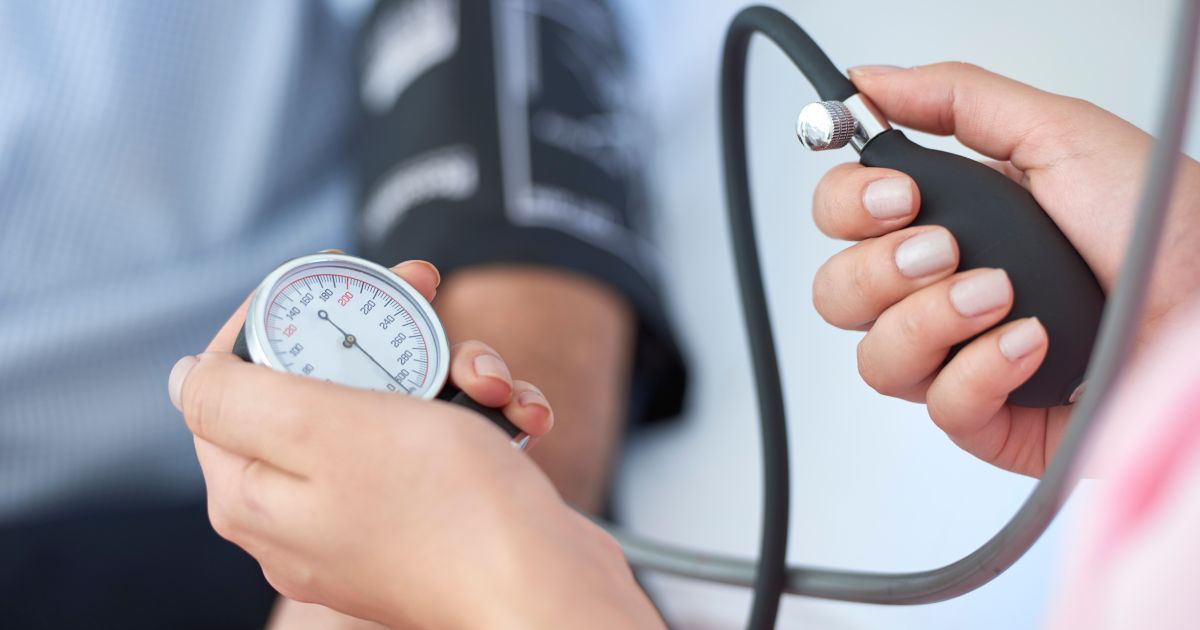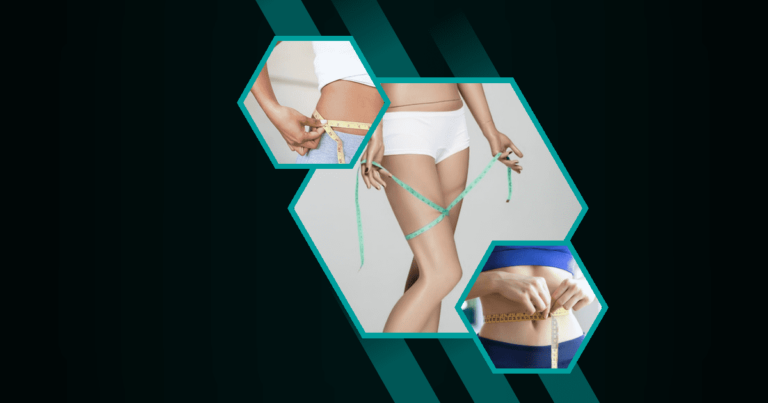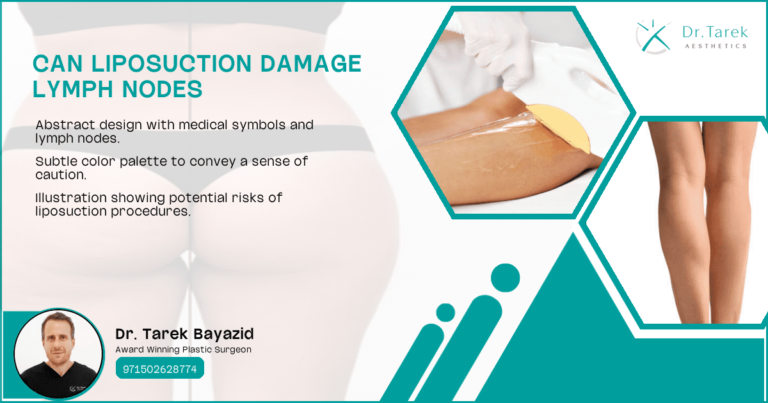Liposuction is a popular cosmetic surgery that removes fat deposits from specific areas of the body. However, people with high blood pressure need to take extra precautions before undergoing this procedure.
This article provides an in-depth analysis of liposuction with high blood pressure and some tips to ensure the procedure is as safe as possible.
What is Liposuction?
Liposuction, also called lipoplasty or liposculpture, is a type of fat removal procedure that breaks up and “sucks” fat from targeted areas of the body. Some common areas treated with liposuction include the thighs, abdomen, back, arms, face, and neck.
Dubai Liposuction is a cosmetic surgery procedure that removes excess fat from the body to help people achieve their desired shape and contour. it is a popular option for those looking to enhance their appearance in dubai.
During the procedure, the surgeon makes small incisions and inserts a cannula (thin tube) attached to a vacuum device under the skin to loosen excess fat before suctioning it out. Liposuction removes fat cells permanently from treatment sites, so the results are long-lasting, provided the patient maintains a stable weight.
Book A Consultation With Dr Tarek Bayazid
Top-rated Plastic Surgeon For Liposuction in Dubai
Installment Plan Available
Benefits of Getting Liposuction
- More contoured appearance
- Removal of fat resistant to diet & exercise
- Boost self-confidence
Can I have Lipo if I Have High Blood Pressure?
Liposuction is generally considered safe for most healthy individuals. However, those with high blood pressure need special consideration before undergoing the procedure.
Some risks associated with liposuction include:
- Fluid imbalance leads to very low blood pressure
- Excessive blood loss
- Organ damage from surgical instruments
- Adverse reactions to anaesthesia
These risks may be heightened if you have uncontrolled or extremely high blood pressure.
Tips to Reduce Risks of Liposuction with High Blood Pressure
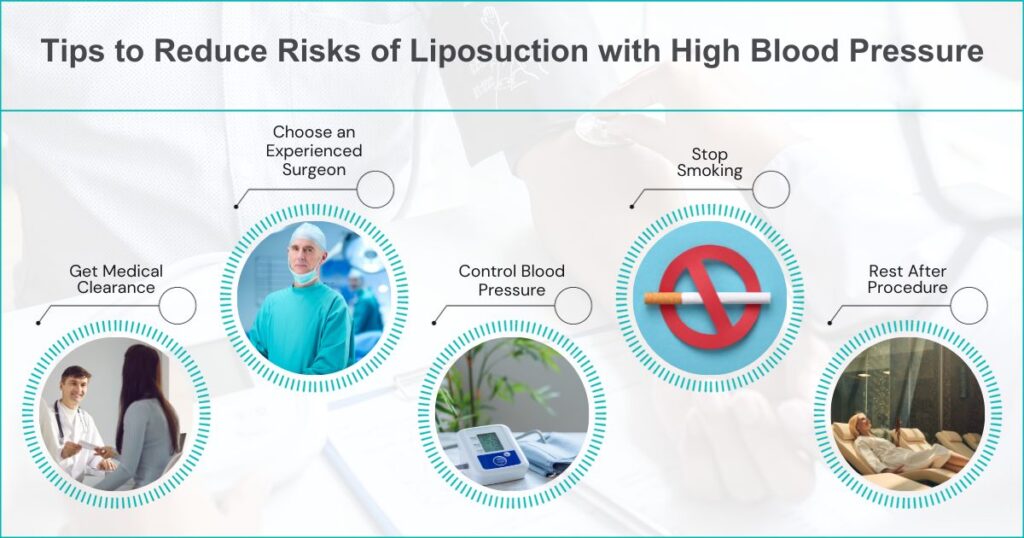
If your blood pressure is managed and your doctor has cleared you for surgery, there are things you can do to lower surgical risks:
Get Medical Clearance
See your regular doctor and get pre-operative testing done to ensure surgery is safe for you. Things like ECG, chest X-ray, and blood work help identify any red flags. Your doctor may adjust your blood pressure medications before surgery as well.
Choose an Experienced Surgeon
Select a board-certified plastic surgeon with plenty of experience performing liposuction procedures specifically. An experienced doctor helps reduce risks.
Control Blood Pressure
Keep blood pressure under tight control leading up to surgery day by checking it daily, taking medications as directed, and managing stress.
Stop Smoking and Supplements
Quit smoking and avoid supplements like fish oil and vitamin E for at least two weeks before surgery, as they can increase bleeding risks.
Rest After Procedure
Take enough time off work to rest and limit physical activity as your body heals. This helps avoid blood pressure spikes as you recover.
Surgical Technique Considerations
The type of liposuction procedure used also impacts risks:
- Tumescent liposuction involves injecting a fluid solution into treatment sites before fat removal. The solution constricts blood vessels to limit blood loss. This is the safest option for those with high blood pressure.
- Ultrasound-assisted liposuction uses ultrasound energy to help dislodge fat for removal. While generally safe, there may be greater bruising and risks of bleeding compared to tumescent liposuction.
- Laser and power-assisted liposuction also carry higher risks of bleeding, which could be dangerous for people with uncontrolled blood pressure.
Talk to your surgeon about which options they recommend based on your health profile.
What About Non-Surgical Fat Reduction Instead?
If your doctor advises that surgical liposuction carries too many health risks for you, alternatives like non-surgical fat reduction may be better options. These include:
- CoolSculpting : Uses cold temperature to freeze and destroy fat cells without anaesthesia or incisions.
- TruSculpt : Radiofrequency technology heats and eliminates fat cells through the skin.
- : Compounds like deoxycholic acid are injected to destroy fat.
These non-surgical options have a gentler impact on the body compared to liposuction. While results may not be as dramatic, the procedures involve little to no downtime, which supports quicker recovery.
Predicting Blood Pressure Changes After Liposuction
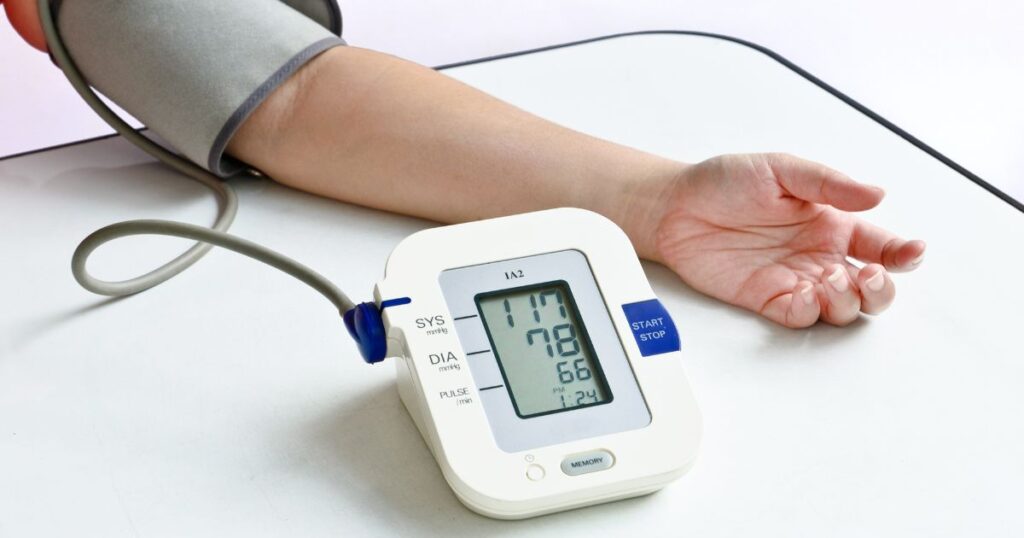
Blood pressure fluctuations are common after any surgery as the body is under stress. Here is an overview of typical blood pressure changes you can expect at different time points after a liposuction procedure:
| Time After Surgery | Typical Blood Pressure Response |
| Immediately after | Pressure drops due to anaesthesia effects |
| First 24 hours | Levels remain low as anaesthesia wears off |
| 1-2 days | Pressure normalises back to pre-surgery levels |
| First week | Levels may spike due to post-surgical inflammation |
| 2+ weeks | Gradual return to normal baseline blood pressure |
If your blood pressure deviates from this expected response significantly, alert your surgical care team right away. Tracking your levels daily at home can help identify any concerning fluctuations that may require medication adjustments or other interventions for your safety after liposuction. “Thigh Liposuction: Cellulite Cure?” is a procedure where doctors remove fat from your thighs to reduce cellulite. It’s like vacuuming out the unwanted fat to make your skin smoother. Fat Removal Destination is a place where people go to have extra body fat safely removed. It helps people look and feel healthier.
Conclusion
People with high blood pressure can undergo liposuction safely, provided their condition is under control prior to the procedure. It’s essential to ask questions like “Can I have lipo if I have high blood pressure?” and get a clear response from your healthcare provider. It is an essential part of your pre-operative testing, which ensures your blood pressure levels are well-managed and stable before undergoing the surgery.
Choosing an experienced surgeon who is well-versed in handling patients with high blood pressure reduces the risk of complications. Post-surgery, it’s important to control blood pressure levels and limit physical activity. Follow the advice of your surgeon to ensure safe recovery.
If you’re cleared to undergo liposuction, these precautions are crucial. Weighing alternative options like non-surgical body sculpting that avoids anaesthesia and incisions is recommended as well, especially for those hesitant about the impact of surgery on their blood pressure.
If you have high blood pressure and want to explore whether liposuction or other body contouring options are right for you, Book a consultation with Dr Tarek Bayazid , an experienced plastic surgeon providing services in Dubai.
FAQs About Liposuction if You Have High Blood Pressure
Is it risky to get liposuction with high BP?
While risks are higher compared to people with normal blood pressure, liposuction can be performed safely if your BP is well-managed through medication and healthy lifestyle strategies.
Can uncontrolled HBP prevent me from getting lipo?
Yes. Uncontrolled high blood pressure is considered too risky for any type of elective surgery, including liposuction. Get your BP down and stabilised first before considering the procedure.
Should I stop taking BP medication before liposuction?
No. Stay on your normal medication routine before surgery unless your doctor explicitly asks you to stop or change anything temporarily. Proper medication ensures your levels stay in check.
How long should I wait after lipo surgery to exercise with HBP?
Avoid strenuous exercise for 4 to 6 weeks post-surgery as your body recovers. Check with your care team on the exact timeline recommended in your unique situation. Light walking is usually okay after the first week.
When can I expect my BP levels to return to normal after liposuction?
Most patients see blood pressure stabilise within a few weeks following the procedure. Focus on resting, taking it easy, managing stress, and giving your body what it needs to heal.
